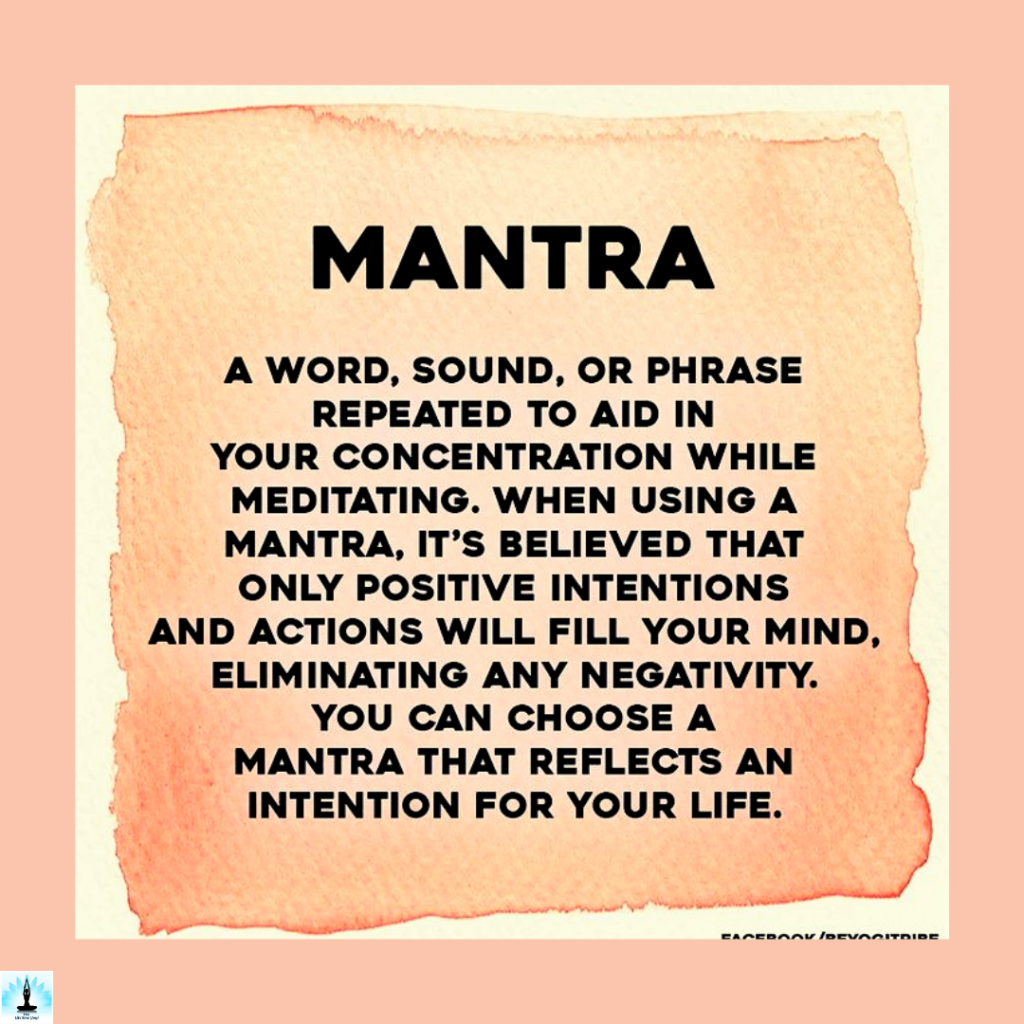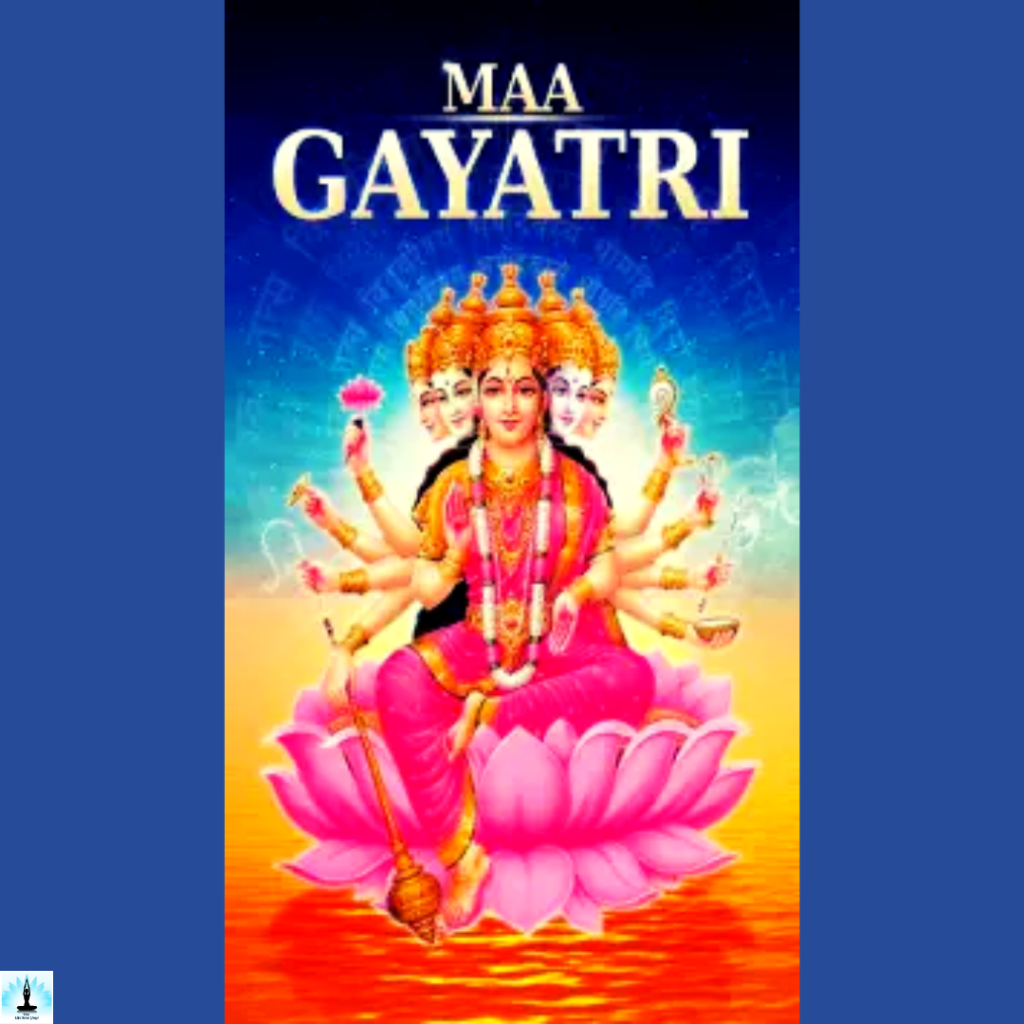Introduction – How Can AnyOne Feel the Power of Chanting Mantra? Which Mantras are Very powerful in Tantra?
In the vast world of spiritual practices, the ancient art of chanting mantras has endured through the ages, offering a transformative journey for those seeking inner harmony and connection with the divine. Chanting mantras is not merely an auditory experience; it’s a profound exploration of sound, vibration, and consciousness deeply connected in Hindu religion and Sanatan Samskriti from ancient times. In this blog, we research into the mystical realm of mantra chanting, exploring how one can feel the unmistakable power embedded within these sacred sounds.

Table of Contents
How Can AnyOne Feel the Power of Chanting Mantra?
The Science Behind Mantra Chanting
The science behind mantra chanting involves a combination of psychoacoustics, neurophysiology, and vibrational resonance. Studies have shown that repetitive sound vibrations, as in mantra chanting, can influence brain activity, inducing states of relaxation and heightened awareness. The rhythmic repetition also engages the parasympathetic nervous system, promoting a calming effect. Furthermore, the vibrational impact of these hindu mantras is believed to resonate with the energetic and spiritual dimensions of the practitioner, contributing to overall well-being.
What Is the Psychology Behind Mantras? | Psychology Behind Mantras
The psychology behind mantras involves the interplay of focused attention, intention, and the vibrational impact of repetitive sounds. Mantras act as anchors for concentration, helping to quiet the mind and redirect mental energy. The positive psychological effects of mantra chanting comprise stress reduction, increased mindfulness, and the promotion of a positive mindset, contributing to overall mental well-being.
What Is the Power of Mantra Chanting? | Power of Mantra Chanting
The power of mantra chanting extends beyond the audible repetition of sounds. These ancient Hindu Mantras have the potential to create shifts in consciousness, influencing the subtle energies within and around the practitioner. This transformative power is associated with the resonance of specific syllables or words, which, when chanted with intention and devotion, can evoke spiritual energies, healing, and a heightened state of awareness.
What Happens When We Chant a Mantra? | Effects of Chanting Mantra in Our Mind
Chanting a mantra involves the rhythmic repetition of specific sounds or words, creating a vibrational resonance. This practice induces a state of focused concentration, calming the mind and promoting a meditative experience. The vibrational energy generated by mantra chanting has the potential to influence our mental, emotional, and spiritual states, fostering inner peace, clarity, and a deeper connection with the divine.
What Makes Mantras Powerful?
The power of mantras lies in their vibrational frequencies and sacred resonance. Mantras are believed to carry the essence of divine energies and archetypal forces. Through repetition, the practitioner aligns with these energies, creating a powerful and transformative resonance within the individual’s consciousness. The potency of mantras is also rooted in their ability to transcend linguistic meaning, tapping into the universal language of sound and vibration.
What Happens to Your Brain When You Chant a Mantra?
Chanting a mantra has been shown to have profound effects on the brain. Neuroscientific studies suggest that mantra chanting activates areas of the brain associated with focused attention, relaxation, and heightened states of consciousness. The rhythmic repetition of sounds induces a meditative state, promoting a sense of calmness and reducing stress. Additionally, the vibrational impact of chanting may contribute to increased neural coherence and synchronization.
Do Mantras Really Work?

Yes, mantras are widely recognized for their efficacy in various spiritual and cultural traditions. The effectiveness of mantras depends on factors such as the practitioner’s sincerity, faith, and the depth of their practice. When chanted with devotion and intention, mantras can act as powerful tools for transformation, helping individuals connect with higher states of consciousness, inner wisdom, and spiritual energies.
The Environment to Attain Siddhi
Creating Sacred Soundscapes
The power of chanting mantras becomes palpable when practitioners immerse themselves in the creation of sacred soundscapes. As each syllable reverberates through the vocal cords, resonates in the throat, and permeates the surrounding space, a vibrational frequency is set in motion. This sonic resonance engages not only the audible senses but also penetrates the energetic layers of the practitioner, creating a tangible and transformative experience.
A Gateway to Inner Silence
The repetitive nature of mantra chanting serves as a powerful gateway to inner silence. As practitioners continue to chant, the mind gradually surrenders its chatter, and a serene stillness emerges. It is in this profound silence that the true power of mantra chanting is felt—an inner sanctuary where the divine whispers, and the practitioner experiences a timeless connection with the essence of existence.
Energetic Resonance Within
The power of chanting mantras extends beyond the audible experience, resonating within the energetic framework of the practitioner. The vibrational frequencies emitted during chanting align with the subtle energies of the body, activating and balancing the chakras. This internal harmony fosters a sense of well-being, tranquility, and an open channel for spiritual energies to flow.
Awakening the Heart Center by Mantra Chanting

Chanting mantras has a unique capacity to awaken the heart center, fostering feelings of love, compassion, and interconnectedness. As the vibrations permeate the chest, practitioners often experience a softening of the heart, a release of emotional blockages, and a profound sense of unity with all of creation. It is in this heart-centered space that the transformative power of mantra chanting is deeply felt.
Cultivating Presence and Mindfulness
Feeling the power of chanting mantras is intricately connected to cultivating presence and mindfulness. The rhythmic focus required in mantra chanting draws practitioners into the present moment, creating a sanctuary where worries of the past and anxieties about the future dissolve. In this mindful state, the power of the mantra is fully absorbed and experienced.
Mantra Diksha – A Personal Journey of Discovery
Ultimately, feeling the power of taking mantra diksha is a highly personal and subjective journey. Each practitioner embarks on a unique exploration of sound, vibration, and spirituality. Whether chanting in solitude or as part of a collective, the power of mantras reveals itself in moments of profound insight, inner peace, and a heightened awareness of the interconnectedness of all existence.
FAQs on “How Can One Feel the Power of Chanting Mantra? Which Mantras are Very powerful in Tantra?”

Why Are Mantras Kept Secret?
Mantras are sometimes kept secret in certain spiritual traditions to preserve their sacredness and ensure they are transmitted with the proper guidance and intention, But not always. The secrecy surrounding specific mantras is often rooted in the belief that their vibrational frequencies should be shared within the context of a Guru-Shishya (teacher-student) relationship, maintaining the integrity and potency of the sacred sounds.
Which Mantras are Very powerful in Tantra?
There isn’t a universally agreed-upon “most powerful” mantra, as the efficacy of a mantra depends on individual resonance and spiritual affinity. Different traditions hold specific mantras in high regard, such as in Hinduism the Om mantra or the Gayatri mantra. The power of a mantra is often experienced subjectively, and practitioners may find resonance with a mantra that aligns with their spiritual journey.
Can I Chant a Mantra in Mind?
Yes, chanting a mantra in the mind, known as mental chanting or japa, is a valid and very effective practice. The internal repetition of a mantra allows for a focused and meditative experience, making it suitable for situations where vocalization may not be practical. Mental chanting engages the same principles of concentration and intention as audible chanting.
Can I Chant a Mantra at Any Time?
Chanting a mantra at any time is perfectly acceptable and a beneficial practice before food or bedtime. The meditative and calming effects of mantra chanting can help ease the mind, alleviate stress, and promote a sense of tranquility conducive to any activity. Choosing a mantra with soothing vibrations enhances its effectiveness during dawn or dusk or nighttime practice.
Does Mantra Chanting Raise Your Vibration?
Yes, mantra chanting is believed to raise one’s vibration by attuning the practitioner to higher states of consciousness and spiritual energies. The vibrational frequencies emitted during mantra chanting resonate with the individual’s energy field, fostering a positive and elevated state of being. This heightened vibration is associated with increased awareness, inner peace, and spiritual attunement.
Is Mantra Chanting Better Than Meditation?
Mantra chanting and meditation are complementary practices, each offering unique benefits. Mantra chanting can be considered a form of meditation, as it involves focused attention and the repetition of sacred sounds. Both practices contribute to stress reduction, improved mental clarity, and spiritual growth. The choice between mantra chanting and other meditation techniques depends on individual preferences and goals.
How Long Should I Chant a Mantra?
The duration of mantra chanting varies based on personal preference, spiritual goals, and the specific mantra being practiced. Some practitioners dedicate a few minutes each day, while others engage in longer sessions. Consistency and sincerity are key factors, and it’s often more beneficial to establish a regular practice, even if the duration is initially shorter, gradually increasing as the practitioner feels comfortable.
How To Attain Siddhi Over a Mantra?
Attaining Siddhi (mastery) over a mantra involves dedicated and disciplined practice you get from your Guru. Regular and sincere repetition of the mantra, combined with deep concentration and devotion guided by your Guru is the key to attain siddhi. In Hindu spiritual tradition suggest a specific number of repetitions, known as a mantra’s “japa count,” to attain Siddhi. Seeking guidance from your Guru who should be the teacher and maintaining a pure and positive intention enhance the practitioner’s progress.
How Do I Choose My Mantra?
Choosing a mantra is a personal and Gurumukhi and it is an intuitive process. It should come from your Guru or Teacher. Some practitioners may be drawn to traditional mantras associated with specific deities or spiritual principles, while others may resonate with universal mantras like “Om” or affirmations in their native language. It’s advisable to choose a mantra that aligns with personal beliefs, goals, and the spiritual path, and to approach the selection process with openness and intuition.
Conclusion
Chanting mantras is a mystical voyage into the heart of sound and consciousness. The power of this ancient practice is felt not only through the audible vibrations but through the subtle shifts within, where intention, resonance, and devotion converge. As individuals immerse themselves in the sacred art of mantra chanting, they unlock the gateway to a world where the power of sound becomes a transformative force, guiding them on a journey of self-discovery, spiritual awakening, and profound connection with the divine.
Reference
- Jaini, Padmanabh (2000). Collected Papers on Jaina Studies. Delhi: Motilal Banarsidass Publ. ISBN 81-208-1691-9. p.18 and 224
- Varni, Jinendra; Ed. Prof. Sagarmal Jain, Translated Justice T.K. Tukol and Dr. K.K. Dixit (1993). Samaṇ Suttaṁ. New Delhi: Bhagwan Mahavir memorial Samiti. verse 84
- Jaini, Padmanabh (2000). Collected Papers on Jaina Studies. Delhi: Motilal Banarsidass Publ. ISBN 81-208-1691-9. p. 285
- Chapple. C.K. (2006) Jainism and Ecology: Nonviolence in the Web of Life Delhi:Motilal Banarasidas Publ. ISBN 978-81-208-2045-6 p.46
- Translated from Prakrit by Nagin J. shah and Madhu Sen (1993) Concept of Pratikramana Ahmedabad: Gujarat Vidyapith pp.25–26
- Ananda Lal (2009). Theatres of India: A Concise Companion. Oxford University Press. pp. 423–424. ISBN 978-0-19-569917-3.
